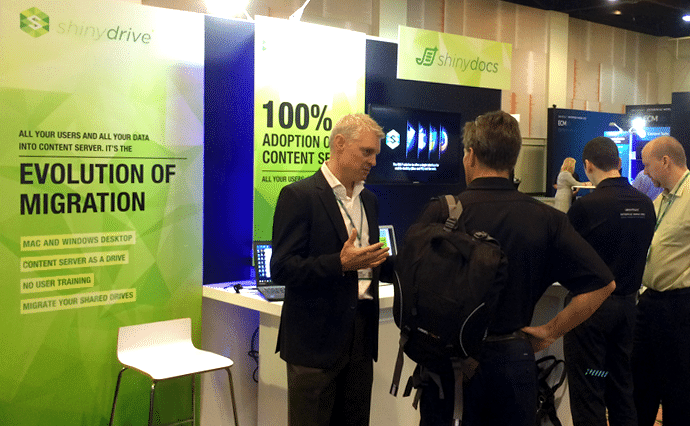
By: Jason Cassidy on January 7th, 2015
Change Management | Enterprise Content Management (ECM) | Paperless Office
It’s tough to find definitive stats. No one’s altogether eager to clarify their shortcomings, and it’s remarkably hard to pin down in the best of situations. But colloquially, we hear it over and over again. No one is using their ECM.
OK, so “no one” is a bit dramatic, but the numbers are as abysmal as 5% implementation. Despite being a mature market, less than 1% of all organizations worldwide have an end-to-end ECM solution deployed across functional areas.
Departmental holdouts in finance are balking at using systems that can’t seamlessly handle complex linked documents. Most companies are sitting on at least 3 legacy systems splintering data across repositories. So much for a single version of the truth.
At least the information is being saved, right? Storage is cheap, after all. The truth of the matter is storage is cheap to BUY. 1GB of storage costs 20 cents to purchase but costs the organization $3,500 to search and review. Legacy and dark data scattered across repositories bring associated costs and risks in the form of regulatory investigations and litigation. Consolidating and reducing your information footprint cuts eDiscovery costs, improves efficiencies, mitigates risk, and creates significant IT savings. Why aren’t we doing a better job of this?
Lack of executive support is often cited. What’s implied in that statement is you need a big stick to effectively implement Information Governance. Workers prefer the path of least resistance. As soon as processes get in the way of getting work done, users simply create alternatives that work around these roadblocks. Unauthorized and unregulated alternatives that slip through the cracks in IT. Successful systems corral all the outliers and demand 100% adoption.
We need to rely on the individual user to manage their information. The growth rate for information far exceeds IT’s ability to manage it. Within the next decade, information will grow by a factor of 50, while IT resources tasked to handle it will only grow by a factor of 1.5. They can’t do this alone.
So it’s just a matter of transforming your ECM solution as a single point of access, governance, and management for all your enterprise content. Identify, order, and exterminate your redundant, obsolete, and trivial dark data scattered across repositories. All while staying out of your workers' way. Simple right?
Top-down commitment to a unified system has historically been a brute force solution that requires tireless diligence, extensive training, and constant course correction. It’s fraught with gaps and it quite simply hasn’t worked.
Start thinking of ECM as a journey, not a destination. Forget about trying to change user behavior and simply let users work as they always have. Connect your shared drives, line of business document repositories, and legacy systems to your current ECM investment and get out of the way. User-led migration lets them direct migration efforts by the simple act of accessing documents. No user training, no new business processes to manage, and 100% adoption. Maximize your digital potential and own your enterprise data.
“Doing the same thing over and over again expecting a different result is the definition of crazy” How much of your enterprise data is still unmanaged?
It’s time to take a look at a different way of getting your workers and your information into compliance.
